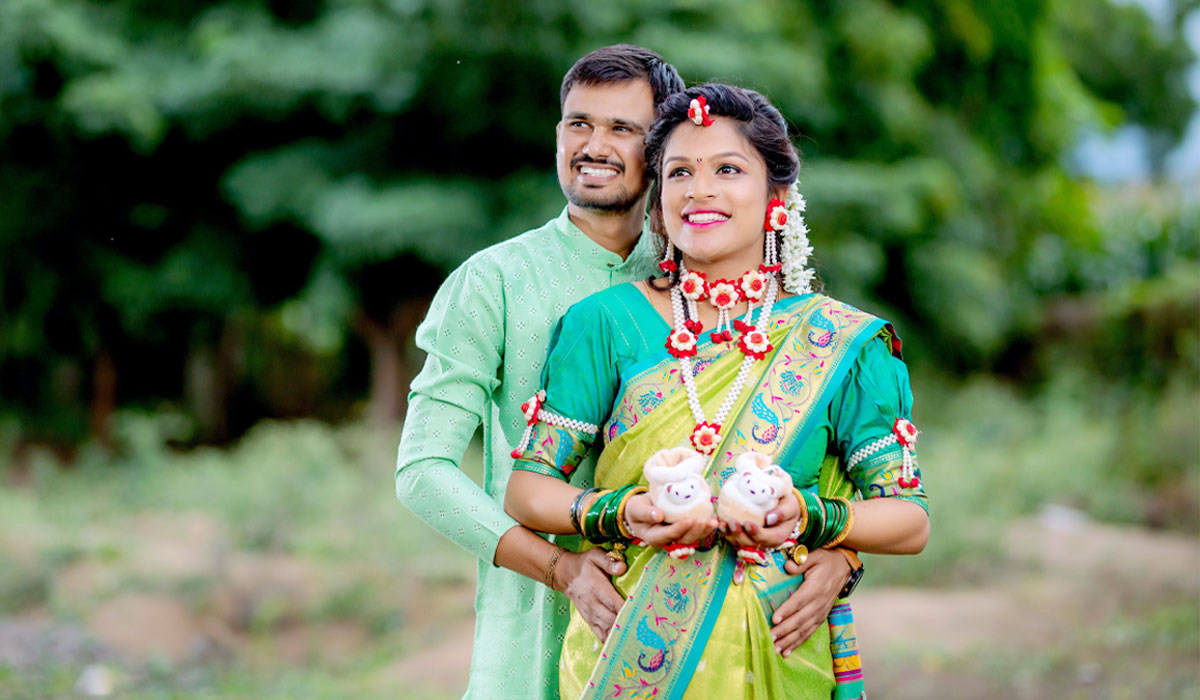Shardiya Navratri 2023 is going to start on 15 October this year. Among the 4, Shardiya Navratri is of supreme importance. This article will let you know about Shardiya Navratri puja preparation, Kalash Sthapna and rituals in a little more detail.
Introduction
The word “Navratri” translates to “nine nights” in Sanskrit, and Shardiya Navratri typically falls in the month of Ashwin (September-October) according to the Hindu lunar calendar. Navratri festival celebrates the power of the divine goddess Durga and her triumph over evil forces. The festival is not only a spiritual occasion but also a time of joy, unity, and cultural revelry.
Shardiya Navratri 2023
In the Month of September or October, Shardiya Navratri is Celebrated every year. This year Shardiya Navratri is going to start on 15 October and continues for 9 days. Checkout: Shardiya Navratri 2023 Date
Cultural Significance of Shardiya Navratri
Garba Dance and Dandiya Raas in Navratri
Shardiya Navratri is renowned for its energetic and colourful dance forms known as Garba and Dandiya Raas. People gather in large groups, dancing in circles, celebrating the joy of life and spirituality. Special cultural events and programs are organized at various places in Gujarat and some other locations in India. Know more about Garba and Dandiya Raas here: Garba Dance Festival
Durga Puja in Bengali Culture

West Bengal celebrates Shardiya Navratri as Durga Puja. There is a grand celebration of Durga Puja in Bengali culture. We can easily see people set up Goddess Durga idols in public places, Pandal is decorated and cultural programs are organized to mark this celebration special. The Dhunuchi dance (Bengali Dance) is iconic during the Durga Puja Celebration. Checkout the best moment of Durga Puja here: Durga Puja in Bengal
Shardiya Navratri and Dussehra
The tenth day of Navratri, known as Vijayadashami, culminates the festival. This day also marks the victory of Lord Rama over the demon king Ravana, celebrated as Dussehra with the burning of effigies symbolizing evil.
Preparations of Shardiya Navratri
In preparation for Navratri, homes are cleaned and adorned with vibrant decorations. It is believed that a clean and well-decorated environment attracts the blessings of the goddess. During Navratri, people dress in traditional attire, often wearing colourful and elegant outfits. Women wear exquisite traditional jewellery, and men often don turbans or traditional headgear.
Shardiya Navratri Puja and Rituals
This ritual is an integral part of Navratri celebrations, signifying the arrival of the goddess and invoking her divine presence, which is central to the festivities, prayers, and devotion that follow during this auspicious time.
Shardiya Navratri Ghatasthapana (“Kalash Sthapna):
“Kalash Sthapna” is a sacred ritual that marks the commencement of Navratri and is performed with great devotion. It is believed that the presence of the Kalash in the household or temple attracts positive energy and blessings from Goddess Durga throughout the nine days of Navratri.
This ritual involves the installation of sacred water-filled pots, called “Kalash,” in homes and temples symbolizing the presence of Goddess Durga. The Kalash is typically adorned with mango leaves and a coconut, symbolizing the presence of the deity and the bounty of nature. The water within the Kalash is considered sacred and is sprinkled on devotees as a form of purification and divine grace during the festival. You can buy Pooja Kalash on Amazon online by clicking on the image below

Durga Saptasati Path
The Durga Saptasati Path is a sacred recitation of the Durga Saptasati, a revered Hindu text comprising 700 verses. The recitation of Durga Saptasati, or the path, during Navratri carries immense significance in Hindu tradition. It symbolizes the nine-day battle of the Goddess Durga against the demon Mahishasura, marking the victory of divine feminine power over evil.
The Durga Saptasati Path serves as a source of spiritual inspiration, instilling faith, courage, and a deep connection with the divine feminine energy. Devotees engage in this recitation to invoke the blessings of Durga, seeking her protection, strength, and guidance. You can buy this book on Amazon by clicking on the image below

Daily Worship and Aarti
Throughout Navratri, devotees perform daily prayers and aarti (ritual of offering light) to honour the goddess. The evenings are marked by vibrant aarti ceremonies, accompanied by bhajans and devotional songs.
Fasting and Devotion
Many devotees observe fasts during Navratri, abstaining from certain foods and practices. Fasting is seen as an act of self-discipline, purification, and devotion to the goddess.
Conclusion:
Shardiya Navratri is more than a traditional festival marks the celebration of the goddess Durga and her various forms over nine auspicious nights. It’s a spiritual journey that fosters devotion, joy, and cultural heritage. As devotees immerse themselves in worship, dance, and celebration, they embrace the essence of goddess Durga’s divine energy and the triumph of good over evil.
FAQs
Q: When is Shardiya Navratri celebrated?
A: Shardiya Navratri is celebrated in the month of September or October every year.
Q: Is Navratri celebrated only in India?
A: No, Navratri is celebrated by Hindu communities around the world, especially in countries with significant Indian diaspora.
Q: Are there any specific customs during Navratri fasts?
A: Devotees abstain from non-vegetarian food, alcohol, and certain spices during



